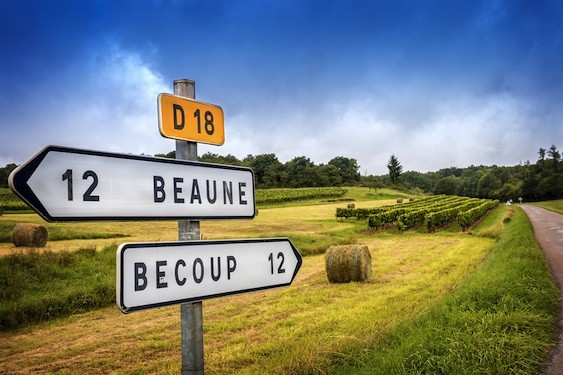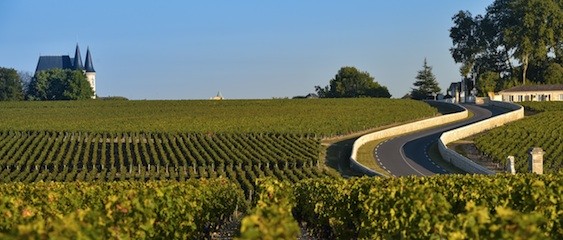It’s Friday, which means time for some fun facts that you can use to impress your friends (and I mean the really snooty ones in this case) this weekend.
One of the most arcane aspects of the wine world is the French cru system. Cru literally means “growth,” and is a way of denoting the quality of certain wines. In fact, the difference in the cru quality can mean price differences of hundreds of dollars per bottle in some cases!
This system is most important to the classification of wines from Bordeaux, Burgundy and Champagne, though today, I’m just going to talk about Bordeaux and Burgundy. The way cru is used in both places is basically the same with a few slight differences that you should keep in mind.

The finest Burgundy vineyards are classified as Grand Cru.
Grand Cru
Literally “big growth,” this is the highest level of classification for a vineyard in Burgundy (and Alsace for that matter). There are just 33 Grands Crus in all of Burgundy, about 1-2% of them all, so it’s quite a special designation. That said, these designations, and indeed the whole map of Burgundy, was pretty much drawn in the 19th century and then codified in a 1936 classification that holds to this day. So take it with a grain of salt. Or a pinch of soil. Whatever the right wine-related metaphor is.
You might also see Grand Cru used to describe wines from the part of Bordeaux called Saint-Émilion, but it does not represent the highest level of classification there. (I said it was arcane!)

Making matters more confusing, the cru system is completely different in Bordeaux.
Premier Cru
In Bordeaux, this denotes highest level of quality and dates back to the famous classification system of 1855 (which I’ll get to in a future post). Back then, just four chateaux (there are now five, but that’s another story and yet another post) in the Bordeaux region of the Médoc were designated with this honor, and 10 in the Gironde area.
The crus in Bordeaux then rank in a rational order from second, third, fourth and, finally, to fifth. Don’t take them too seriously, though. These rankings are still based on the classification of 1855, which was based on reputation and wine prices at the time, so though the quality still tends to be very high in general (across all the crus), take note that these delineations are a good 160 years old.
In Burgundy, Premier Cru actually comes after Grand Cru, though many Premier Cru vineyards are within spitting distance of those designated as Grand Cru. The upside of that is, many Premier Cru wines are simply spectacular. The downside, the price differential might not be much. About 10% of Burgundy’s vineyards are Premier Cru.
I’m going to leave it there for now. The takeaway should be: Burgundy/Grand, Bordeaux/Premier as the highest level of classification.
In a future post (I’m promising a lot in this one!), I’ll get into Villages, AOCs and more.
And if you happen to be lucky enough to try a Burgundy Grand Cru or Bordeaux Premier Cru, I want to hear about it, so tweet me @clustercrush!

